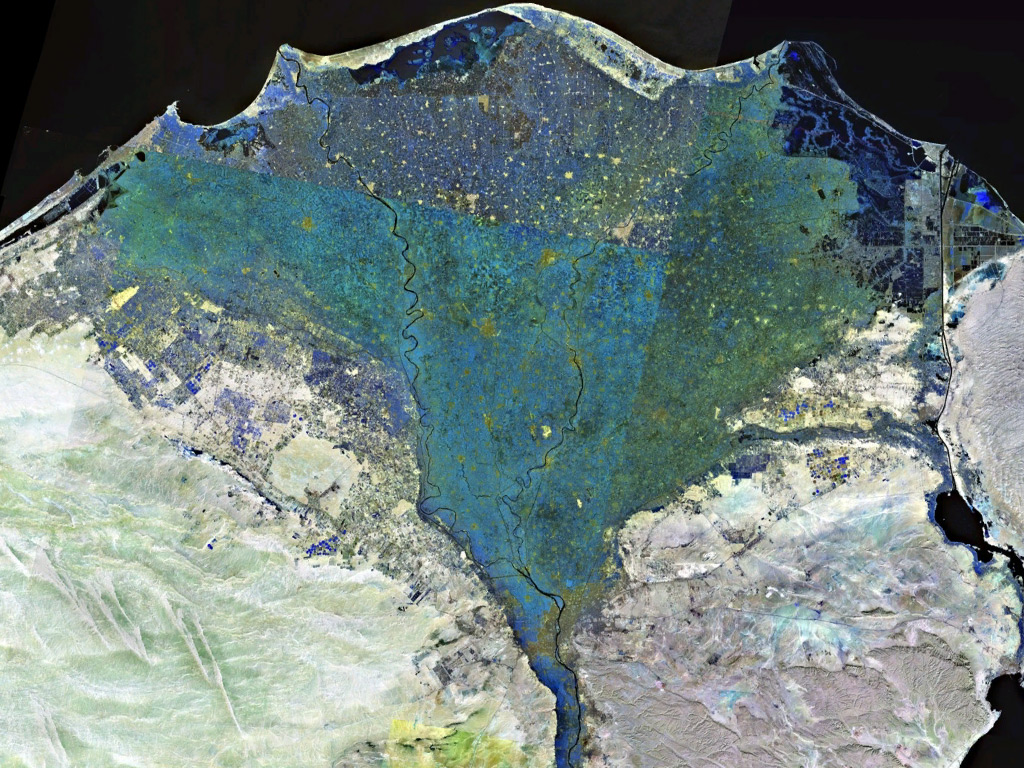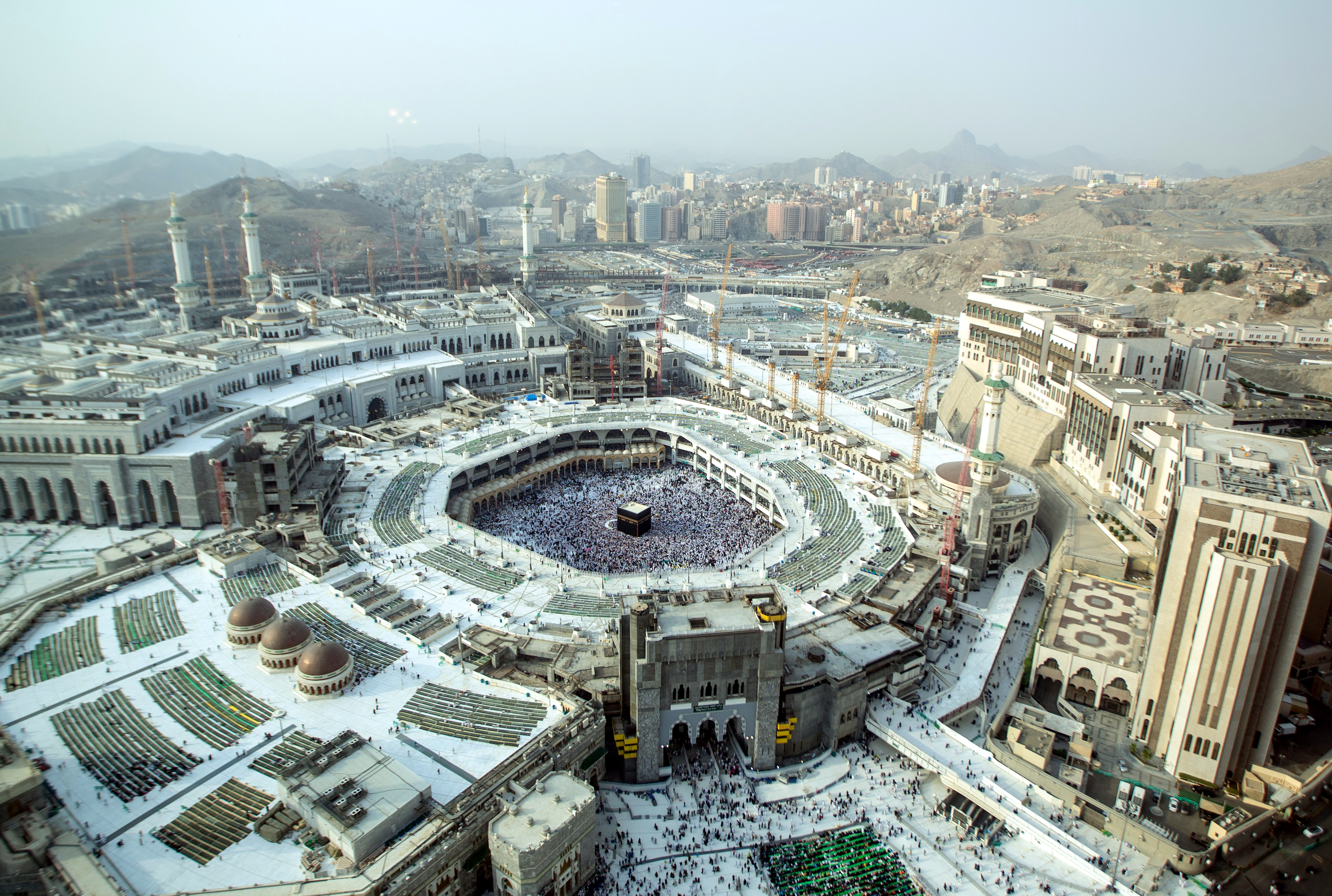|
Tinnis
Tennis or Tinnīs (, ) was a medieval city in Egypt which no longer exists. It was most prosperous from the 9th century to the 11th century until its abandonment. It was located at 31°12′N 32°14′E, on an island in Lake Manzala, southwest of Port Said. Etymology The city's name was taken from Lake Tinnis, Lake Manzala's name at the time. History Prosperity Tinnis was an important port, exporting agricultural products of Egypt, particularly textiles, of which itself is famed for producing throughout the Middle East, due to its geographical location served by the main eastern tributary of the Nile in medieval times, according to Muhammad al-Idrisi. By using the tributary, ships could enter the calmer waters of Lake Tinnis before entering the Mediterranean proper to avoid rough waves, which was a huge problem for ships at that era should they directly enter the sea, owing to the conditions at the mouth. The lake allowed for boats to wait out rough conditions unlike at Damiett ... [...More Info...] [...Related Items...] OR: [Wikipedia] [Google] [Baidu] |
Nile Delta
The Nile Delta (, or simply , ) is the River delta, delta formed in Lower Egypt where the Nile River spreads out and drains into the Mediterranean Sea. It is one of the world's larger deltas—from Alexandria in the west to Port Said in the east; it covers of the Mediterranean coastline and is a rich agricultural region. From north to south the delta is approximately in length. The Delta begins slightly down-river from Cairo. Geography From north to south, the delta is approximately in length. From west to east, it covers some of coastline. The delta is sometimes divided into sections, with the Nile dividing into two main distributary, distributaries, the Damietta and the Rosetta, flowing into the Mediterranean at port cities with the same names. In the past, the delta had several distributaries, but these have been lost due to flood management, flood control, silting and changing relief. One such defunct distributary is Wadi Tumilat. The Suez Canal is east of the delta ... [...More Info...] [...Related Items...] OR: [Wikipedia] [Google] [Baidu] |
Port Said Governorate
Port Said () is a governorate located at the northeast end of the Nile Delta, on the coast of the Mediterranean Sea at the northern mouth of the Suez Canal in north-eastern Egypt. It is wholly urban, comprising the original Port Said city on the west bank of the Suez Canal, and the town of Port Fuad on the eastern bank, which makes it one of the few transcontinental metropolitans in the world, as it spans across two continents (Africa/Asia). Port Said is one of six governorates that make up the Suez Canal economic region, and is the home of the Suez Canal Authority historical administrative building and the Lighthouse of Port Said. Geography In 2015 a huge natural gas reserve was discovered off the coast of Port Said and was described as "the largest ever found in the Mediterranean Sea". Egypt now has one of the largest areas of natural gas and Italian company, ENI has been contracted to work on the natural gas liquefaction for Egypt. It was welcome news as Egypt has lon ... [...More Info...] [...Related Items...] OR: [Wikipedia] [Google] [Baidu] |
Sea Silk
Sea silk is an extremely fine, rare, and valuable fabric that is made from the long silky filaments or byssus secreted by a gland in the foot of pen shells (in particular '' Pinna nobilis''). The byssus is used by the mussel to attach itself to the sea bed. Sea silk was produced in the Mediterranean region from the large marine bivalve mollusc ''Pinna nobilis'' until early in the 20th century. The animal, whose shell is sometimes almost a metre long, adheres itself pointed end down to rocks in the intertidal zone using a tuft of very strong thin fibres. These byssi or filaments (which can be six centimetres long) are spun and, when treated with lemon juice, turn a golden colour, which never fades. The cloth produced from these filaments can be woven even more finely than silk, and is extremely light and warm; it was said that a pair of women's gloves made from the fabric could fit into half a walnut shell and a pair of stockings in a snuffbox. The cloth attracts clothe ... [...More Info...] [...Related Items...] OR: [Wikipedia] [Google] [Baidu] |
Ibn Zulaq
Abu Muhammad ibn al-Hasan ibn Ibrahim ibn Zulaq al-Laythi (c. 919–996), commonly known as Ibn Zulaq (or Ibn Zawlaq), was an Egyptian historian, whose work focuses on the local history of Egypt during the Ikhshidid dynasty and the early years of the Fatimid Caliphate there. Ibn Zulaq was born in 918/9 in Egypt and died there in 996/7. Most of his work does not survive directly, but was extensively used and quoted by later historians such as Ibn Sa'id al-Maghribi (13th century), al-Maqrizi (15th century), and Ibn Hajar al-Asqalani (16th century). His works included a history of the governors and judges of Egypt, which continued the similar work of the 9th-century polymath al-Kindi; a history of the al-Madhara'i family of viziers; and books on the founder of the Ikhshidid dynasty, Muhammad ibn Tughj al-Ikhshid and the Ikhshidid strongman Abu'l-Misk Kafur. His biography of al-Ikhshid in particular is stated to have been written at the request of his son Abu'l-Hasan Ali ibn al-Ikh ... [...More Info...] [...Related Items...] OR: [Wikipedia] [Google] [Baidu] |
Archaeological Sites In Egypt
Archaeology or archeology is the study of human activity through the recovery and analysis of material culture. The archaeological record consists of artifacts, architecture, biofacts or ecofacts, sites, and cultural landscapes. Archaeology can be considered both a social science and a branch of the humanities. It is usually considered an independent academic discipline, but may also be classified as part of anthropology (in North America – the four-field approach), history or geography. The discipline involves surveying, excavation, and eventually analysis of data collected, to learn more about the past. In broad scope, archaeology relies on cross-disciplinary research. Archaeologists study human prehistory and history, from the development of the first stone tools at Lomekwi in East Africa 3.3 million years ago up until recent decades. Archaeology is distinct from palaeontology, which is the study of fossil remains. Archaeology is particularly important for learn ... [...More Info...] [...Related Items...] OR: [Wikipedia] [Google] [Baidu] |
Siege Of Damietta (1218–19)
Battle of Damietta, Sack of Damietta or Siege of Damietta may refer to: *Sack of Damietta (853), a part of the Arab–Byzantine wars *Crusader invasions of Egypt#Siege of Damietta, Siege of Damietta (1169), a part of the Crusader invasions of Egypt *Siege of Damietta (1218–1219), a part of the Fifth Crusade *Siege of Damietta (1249), a part of the Seventh Crusade *Battle of Damietta (1732), a naval battle by the Maltese over the Turks *French campaign in Egypt and Syria#Siege of Damietta, Siege of Damietta (1799), a French victory over the Turks *Battle of Damietta (1973) or Battle of Baltim, a part of the Yom Kippur War {{disambiguation ... [...More Info...] [...Related Items...] OR: [Wikipedia] [Google] [Baidu] |
Saladin
Salah ad-Din Yusuf ibn Ayyub ( – 4 March 1193), commonly known as Saladin, was the founder of the Ayyubid dynasty. Hailing from a Kurdish family, he was the first sultan of both Egypt and Syria. An important figure of the Third Crusade, he spearheaded the Muslim military effort against the Crusader states in the Levant. At the height of his power, the Ayyubid realm spanned Egypt, Syria, Upper Mesopotamia, the Hejaz, Yemen, and Nubia. Alongside his uncle Shirkuh, a Kurdish mercenary commander in service of the Zengid dynasty, Saladin was sent to Fatimid Egypt in 1164, on the orders of the Zengid ruler Nur ad-Din. With their original purpose being to help restore Shawar as the vizier to the teenage Fatimid caliph al-Adid, a power struggle ensued between Shirkuh and Shawar after the latter was reinstated. Saladin, meanwhile, climbed the ranks of the Fatimid government by virtue of his military successes against Crusader assaults and his personal closeness to al-Adid. A ... [...More Info...] [...Related Items...] OR: [Wikipedia] [Google] [Baidu] |
Gold Dinar
The gold dinar () is an Islamic medieval gold coin first issued in AH 77 (696–697 CE) by Caliph Abd al-Malik ibn Marwan. The weight of the dinar is 1 mithqal (). The word ''dinar'' comes from the Latin word denarius, which was a silver coin. The name "dinar" is also used for Sasanid, Kushan, and Kidarite gold coins, though it is not known what the contemporary name was. The first dinars were issued by the Umayyad Caliphate. Under the dynasties that followed the use of the dinar spread from Islamic Spain to Central Asia. Background Although there was a dictum that the Byzantine solidus was not to be used outside of the Byzantine empire, some of these coins became involved in distant trade; those then did not get re-minted by the imperial mints, and quickly became worn. Towards the end of the 7th century CE, Arabic copies of solidi – dinars issued by the caliph Abd al-Malik (685–705 CE), who had access to supplies of gold from the upper Nile – ... [...More Info...] [...Related Items...] OR: [Wikipedia] [Google] [Baidu] |
Copts
Copts (; ) are a Christians, Christian ethnoreligious group, ethnoreligious group native to Northeast Africa who have primarily inhabited the area of modern Egypt since antiquity. They are, like the broader Egyptians, Egyptian population, descended from the ancient Egyptians. Copts predominantly follow the Coptic Orthodox Church in Alexandria. They are the largest Christianity in Egypt, Christian denomination in Egypt and the Christianity in the Middle East, Middle East, as well as in Christianity in Sudan, Sudan and Christianity in Libya, Libya.Coptic Orthodox Church Listings for Libya, p. 136 Copts in Egypt, Copts account for roughly 5 to 15 percent of the Demographics of Egypt, population of Egypt. Originally referring to a ... [...More Info...] [...Related Items...] OR: [Wikipedia] [Google] [Baidu] |
Friday Mosque
A congregational mosque or Friday mosque (, ''masjid jāmi‘'', or simply: , ''jāmi‘''; ), or sometimes great mosque or grand mosque (, ''jāmi‘ kabir''; ), is a mosque for hosting the Friday noon prayers known as ''jumu'ah''.See: * * * * * * * * * It can also host the Eid prayers in situations when there is no '' musalla'' or '' eidgah'' available nearby to host the prayers. In early Islamic history, the number of congregational mosques in one city was strictly limited. As cities and populations grew over time, it became more common for many mosques to host Friday prayers in the same area. Etymology The full Arabic term for this kind of mosque is ''masjid jāmi‘'' (), which is typically translated as "mosque of congregation" or "congregational mosque". "Congregational" is used to translate ''jāmi‘'' (), which comes from the Arabic root "ج - م - ع" which has a meaning ‘to bring together’ or ‘to unify’ (verbal form: and ). In Arabic, the term is typically s ... [...More Info...] [...Related Items...] OR: [Wikipedia] [Google] [Baidu] |






